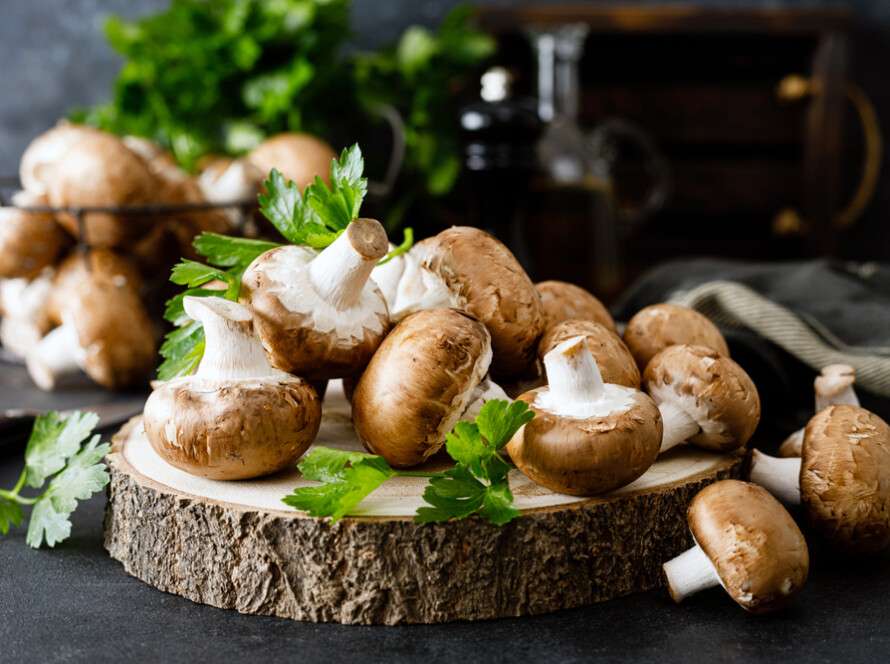Tomatoes are one of the most popular crops for home gardeners, prized for their versatility, flavor, and nutritional value. While traditional soil-based methods are common, growing tomatoes using coconut coir as a medium offers several advantages. In this guide, we’ll explore how to grow tomatoes from seed using coconut coir, from getting started to harvesting ripe fruit.
Introduction to Growing Tomatoes with Coconut Coir
Importance of Using Coconut Coir
Coconut coir, derived from the fibrous husk of coconuts, is a renewable and eco-friendly alternative to traditional soil. It has excellent water retention properties, providing a consistent moisture level for plant roots while also allowing for proper drainage. Additionally, coconut coir is pH-neutral, which helps prevent nutrient deficiencies and imbalances.
Benefits of Growing Tomatoes from Seeds
Starting tomatoes from seeds allows for greater variety selection and control over plant health. It also enables gardeners to observe the entire growth process, from germination to harvest, fostering a deeper connection with their plants.
Getting Started: Preparing the Growing Environment
Choosing the Right Container
When growing tomatoes in coconut coir, select containers with adequate drainage holes to prevent waterlogging. Consider the size of the mature tomato plant and choose a container with enough room for root development.
Preparing the Coconut Coir Medium
Before planting, hydrate the coconut coir bricks or blocks according to the manufacturer’s instructions. Fluff the coir to ensure uniform moisture distribution and remove any large chunks.
Providing Adequate Drainage
Ensure proper drainage by adding a layer of gravel or perlite to the bottom of the container before filling it with coconut coir. This helps prevent water from pooling at the bottom, reducing the risk of root rot.
Choosing the Right Container
When growing tomatoes in coconut coir, select containers with adequate drainage holes to prevent waterlogging. Consider the size of the mature tomato plant and choose a container with enough room for root development.
Preparing the Coconut Coir Medium
Before planting, hydrate the coconut coir bricks or blocks according to the manufacturer’s instructions. Fluff the coir to ensure uniform moisture distribution and remove any large chunks.
Providing Adequate Drainage
Ensure proper drainage by adding a layer of gravel or perlite to the bottom of the container before filling it with coconut coir. This helps prevent water from pooling at the bottom, reducing the risk of root rot.
Selecting Tomato Seeds
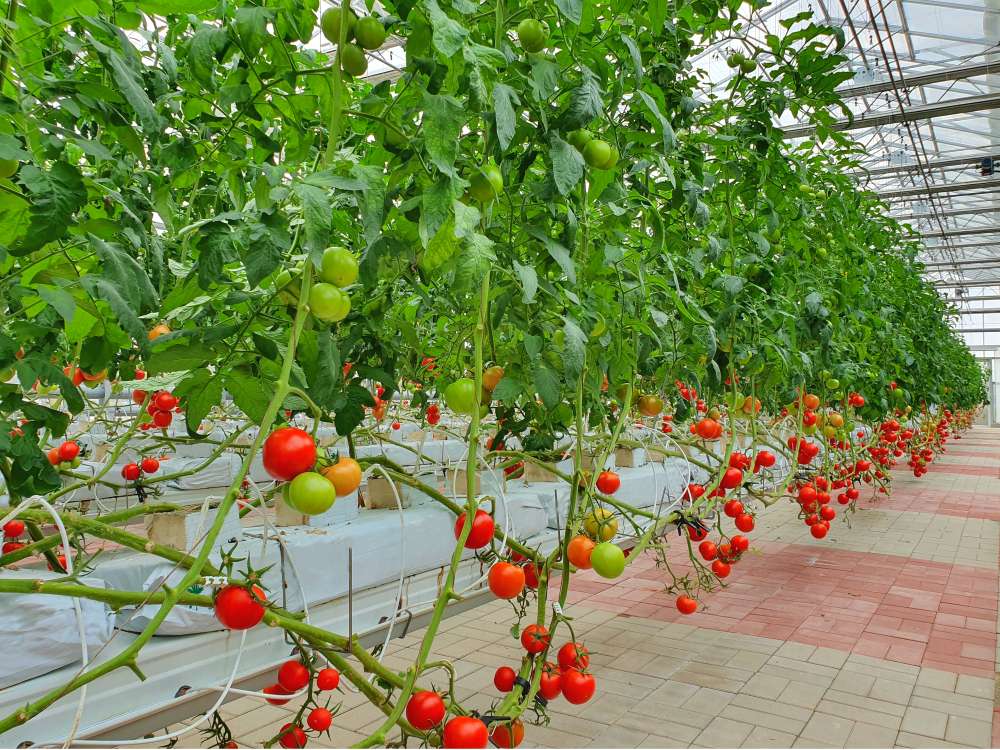
Choosing the Right Tomato Variety
Select tomato varieties suited to your climate and growing conditions. Consider factors such as fruit size, flavor, and disease resistance when making your selection.
Quality of Seeds
Purchase high-quality tomato seeds from reputable suppliers to ensure germination success. Check the seed packet for information on germination rates and storage recommendations.
Seed Starting Process
Start tomato seeds indoors 6-8 weeks before the last expected frost date in your area. Plant seeds in seed starting trays or small pots filled with moist coconut coir, covering them lightly with additional coir.
Do you know – You can also Grow Tomatos in winter with Coconut coir
CVM Coir Substrates
Planting Tomato Seeds in Coconut Coir
Creating Seedling Holes
Use a dibber or pencil to create holes in the coconut coir medium for planting tomato seeds. Space the holes evenly according to the recommended planting distance for your chosen tomato variety.
Sowing Tomato Seeds
Place one seed in each hole and cover lightly with coir. Gently press down on the surface to ensure good seed-to-soil contact.
Watering and Care
Water the newly planted seeds gently to avoid dislodging them from the coir. Keep the medium consistently moist but not waterlogged, as excessive moisture can lead to damping off disease.
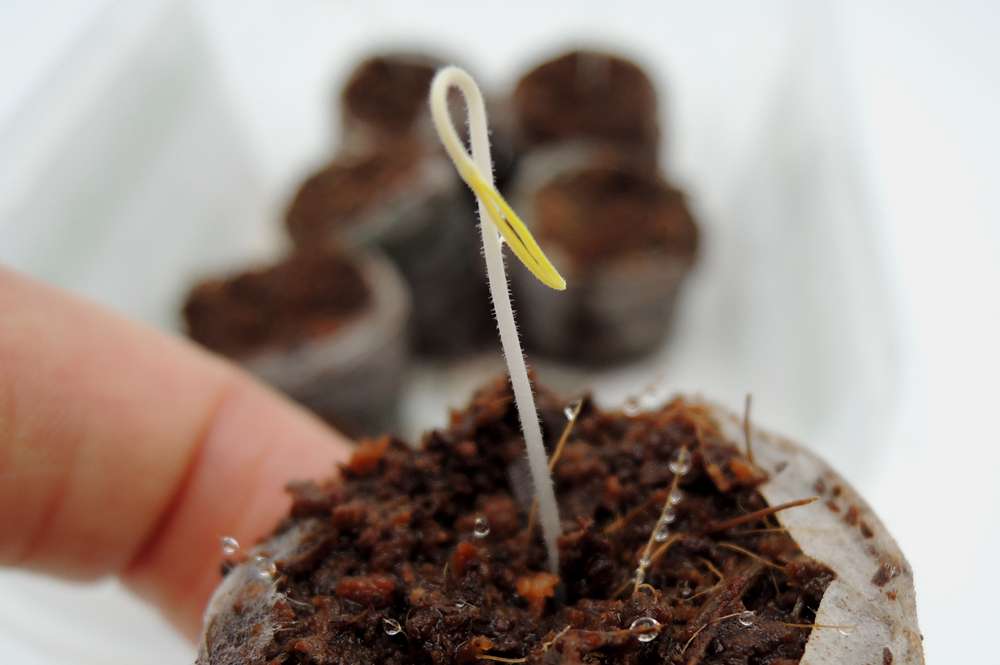
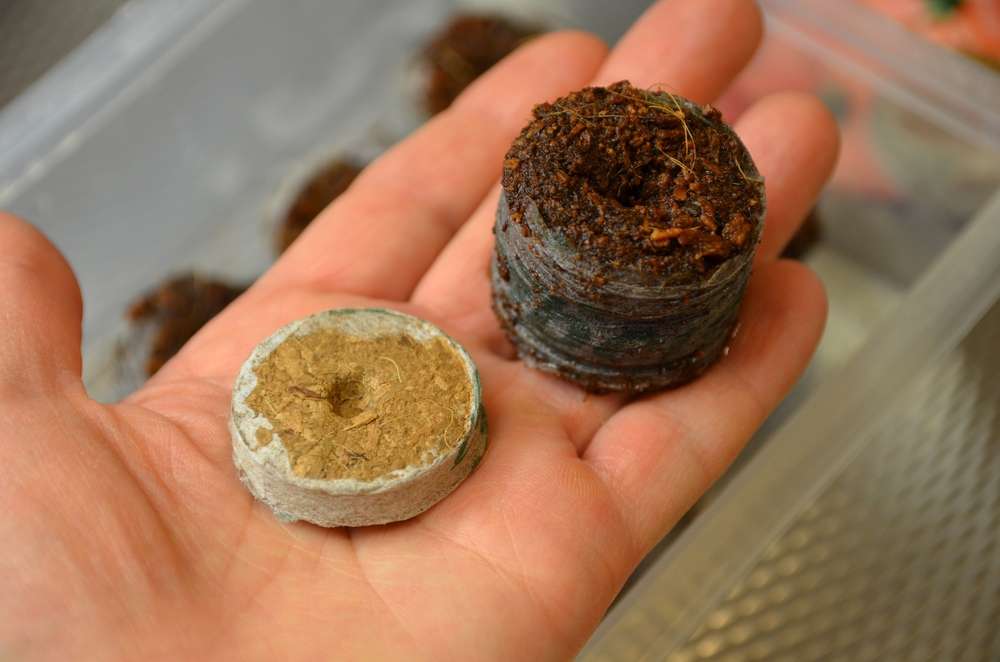
Maintaining Optimal Growing Conditions
Light Requirements
- Adequate sunlight or supplemental grow lights are essential for robust seedling growth. Place seed trays or pots in a location with plenty of sunlight, ensuring they receive at least 6-8 hours of direct sunlight per day. If natural light is limited, consider using artificial grow lights to provide the necessary light spectrum for healthy development.
Temperature and Humidity Control
- Tomatoes thrive in warm temperatures and moderate humidity levels. Maintain a consistent temperature range between 70-85°F (21-29°C) to promote optimal germination and growth. Use a thermometer to monitor temperature fluctuations, especially during cooler nights or heatwaves. Additionally, maintain humidity levels by misting the seedlings regularly or using a humidity dome to create a conducive microclimate for seedling development.
Nutrient Supplementation
- As seedlings develop their first set of true leaves, they require additional nutrients to support vigorous growth. Begin feeding the seedlings with a balanced liquid fertilizer diluted to half strength. Gradually increase the fertilizer concentration as the plants grow, following the manufacturer’s instructions for application frequency and dosage. A well-balanced fertilizer provides essential nutrients, promoting healthy root development and overall plant vigor.
Transplanting Seedlings
Preparing Seedlings for Transplant
When the seedlings have grown to about 6-8 inches tall and have several sets of true leaves, they are ready for transplanting into larger containers or into the garden.
Transplanting Process
Carefully remove the seedlings from their original containers, being mindful not to disturb the roots. Plant them in prepared holes in the garden or larger pots filled with coconut coir.
After Transplanting: What to Expect
Typically, you can expect to see new growth and signs of establishment within 7 to 14 days after transplanting. However, it’s important to remember that this timeframe can vary depending on several factors.
Factors such as the health of the seedlings, environmental conditions, and the level of care provided after transplanting all play a role in how quickly the seedlings will establish themselves.
To ensure the best chances of success, continue to monitor the transplanted seedlings closely. Make sure they receive adequate water, sunlight, and protection from harsh elements. With proper care and attention, your transplanted seedlings should begin to thrive and show signs of healthy growth in no time.
Harvesting and Enjoying Your Tomatoes
Signs of Ripeness
Harvest tomatoes when they reach their mature color and feel firm but slightly soft to the touch. Avoid picking them prematurely, as they will continue to ripen off the vine.
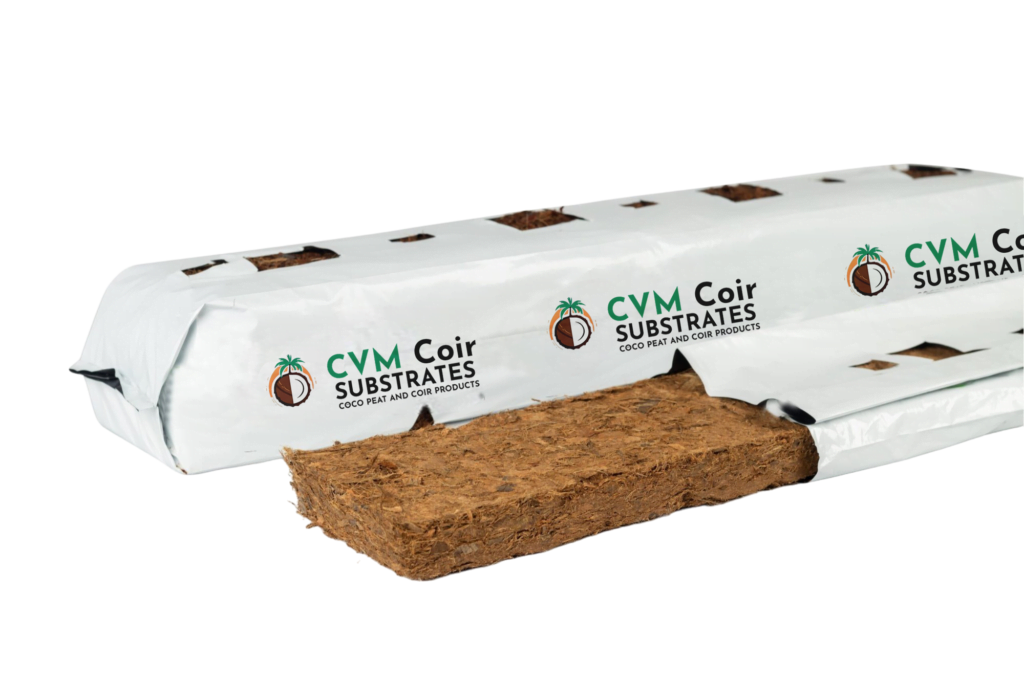
We make easier
To simplify the process and make gardening easier, you can conveniently purchase our coco coir grow bag. Simply add water to rehydrate the coco coir medium, allowing it to expand and become ready for planting. Then, proceed to plant your seeds or seedlings directly into the grow bag. This eliminates the need for complicated soil preparation and makes the entire planting process hassle-free and accessible for all levels of gardeners.



